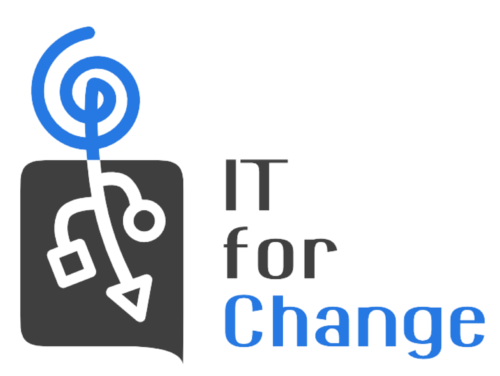
Anita Gurumurthy was invited to present ethical conundrums associated with digital technologies at a session on Human Rights Protocol Considerations at the Internet Engineering Task Force (IETF) conference on 21 March. The IETF had approached the Global Digital Justice Forum to understand its critique of the global regulatory approach of digital governance, which often adopts a hands-off approach. In this presentation, we highlighted that the ethical shortcomings of the chosen mode of design and adoption of technology in India's digital healthcare ecosystem. The objective was to discuss how technology often can and do fall short and urge the tech community to critically assess digital technologies with this critical lens.
The presentation unpacked the definition of digital public infrastructures and the building blocks, data flows and system architecture of the Ayushman Bharat Digital Mission (ABDM) in India. The healthcare DPIs vision is to enable the “frictionless” exchange of health data in order to incentivize private sector health innovation to address the country’s public health challenges. Against this backdrop, we highlight the following key takeaways from India's DPI approach:
- Digital public infrastructures have the transformative potential to improve access to public services. The techno-design choices determine whether this ethical baseline is upheld of if access to public services is privatised and contractualised.
- Technology principles of openness, interoperability and scalability alone do not guarantee improved access to welfare service delivery and must be evaluated on the basis of their contextual application.
- Permeation of technological interventions and their rapid adoption and scaling cannot serve as a stand-in for critical regulatory intervention."
The presentation created by Anita Gurumurthy, Nandini Chami, and Eshani Vaidya for this session can be accessed here.
A recording of the session can be found here,
